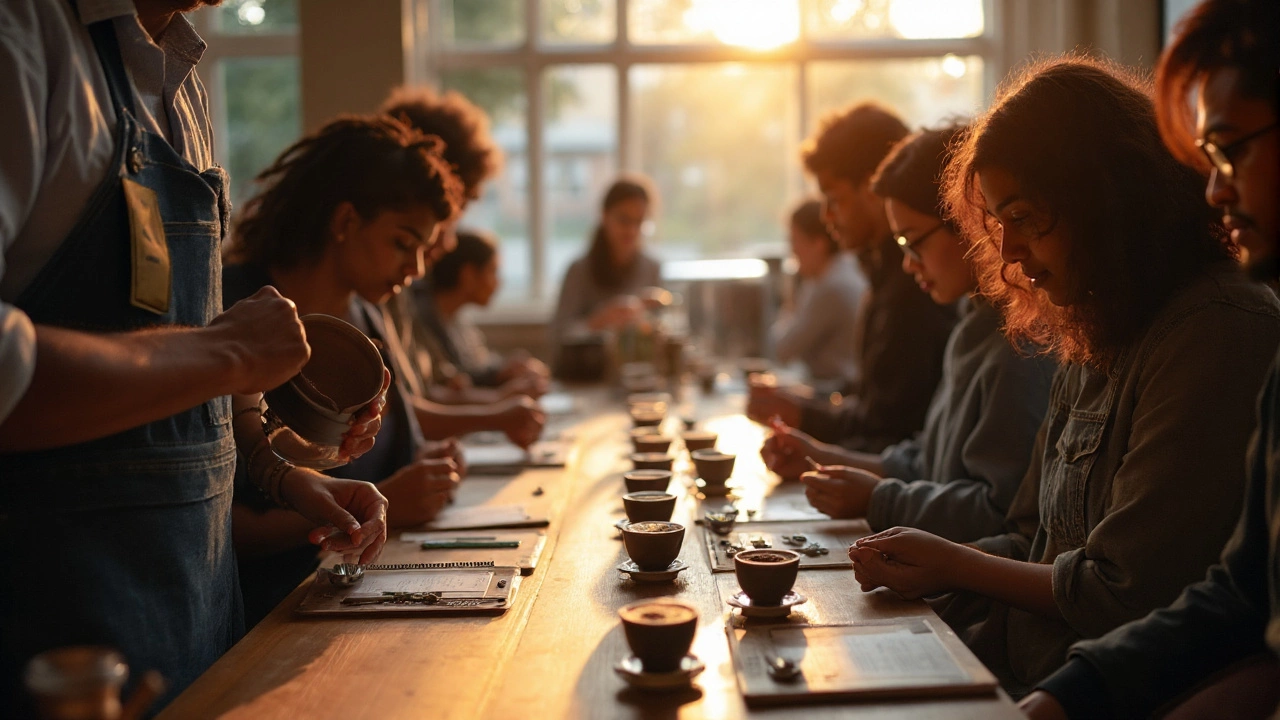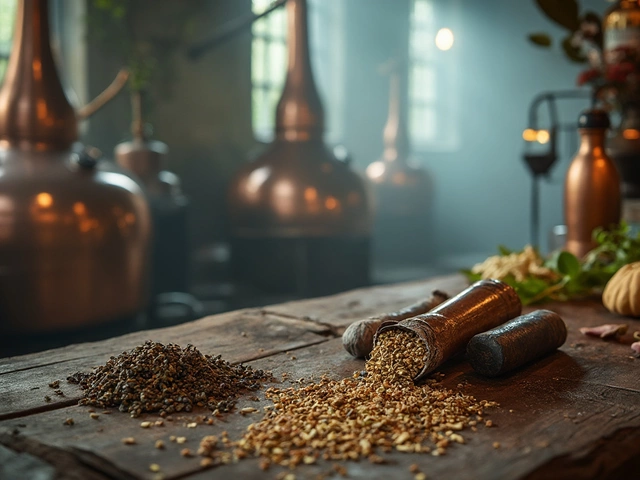Coffee Flavor Notes: How to Spot and Enjoy Them
Ever sip a cup and wonder why it tastes like chocolate, berries, or even a hint of spice? Those are coffee flavor notes, the little aromas and tastes that make each brew unique. Knowing them helps you pick beans you love and talk like a pro at the café.
Common Coffee Flavor Families
Most coffees fall into a few broad families. Fruity beans often have bright, citrus or berry tones—think lemon zest or ripe raspberry. Nutty coffees give you toasted almond or hazelnut vibes, while Chocolatey beans bring cocoa, dark chocolate, or even a sweet milk‑chocolate feel. Spicy or floral notes can surprise you with hints of cinnamon, clove, or jasmine. If you hear people mention “wine‑like” or “earthy,” they’re talking about deeper, mineral tones that come from high‑altitude farms.
When you first taste a new coffee, try to pin it to one of these families. It’s easier than you think: take a quick sniff, then a small sip, and ask yourself what memory pops up—do you recall a fruit, a dessert, or a spice rack? That quick mental shortcut trains your palate fast.
Tips to Sharpen Your Coffee Palate
1. Use a clean palate. Brush your teeth or eat a plain cracker before tasting. Strong flavors from food linger and mask coffee notes.
2. Smell first. The nose picks up most of the aromatic compounds. Take a gentle sniff, then inhale again after a sip. You’ll notice subtle differences.
3. Start with light roasts. Light roasts retain more of the bean’s original flavors, making it easier to hear fruit or floral hints. Dark roasts can mask those notes with roast‑derived bitterness.
4. Note the brew method. French press, pour‑over, espresso—each extracts flavors differently. A pour‑over might highlight acidity, while espresso brings body and sweetness.
5. Write it down. A quick notebook or phone note with three words (e.g., “citrus, nutty, caramel”) helps you remember later and compare beans.
Practice is the real secret. Grab two beans from different regions—say, an Ethiopian Yirgacheffe and a Colombian Supremo—and repeat the steps above. You’ll soon catch patterns: Ethiopian beans often shine with floral and citrus notes, while Colombian beans lean toward chocolate and nuttiness.
Don’t forget the fun part: sharing your findings. Talk with friends, baristas, or post on a coffee forum. Explaining what you taste forces you to define it, which cements the memory.
Finally, enjoy the journey. Coffee flavor notes aren’t a test; they’re a way to explore the world in a cup. The next time you brew, pause, sniff, sip, and see what hidden flavors reveal themselves. Happy tasting!
Yes-coffee tastings are real. Here’s what they are, how they work, where to find them, and how to run a cupping at home with pro tips, costs, and etiquette.
View Details

